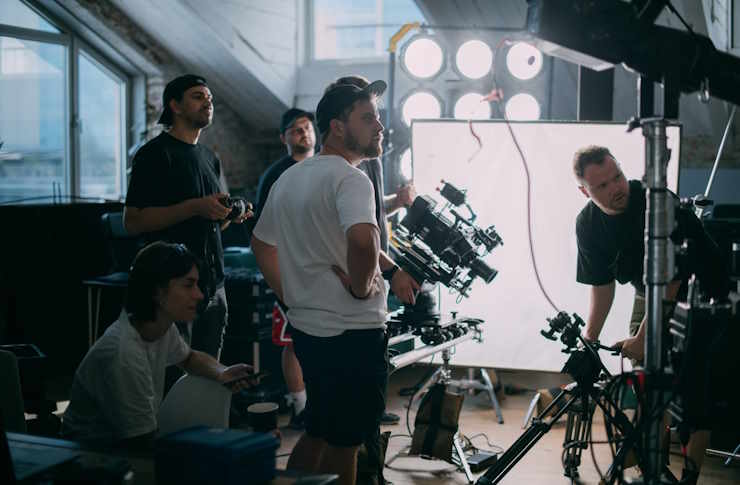Cinematography Careers: Jobs, Roles, and How to Start
Cinematography is the craft of telling stories visually for film and movie audiences using camera techniques, lighting, and composition. This article offers general career information about cinematography jobs and related production roles; it is not a listing of current openings or a guarantee of hiring. Use this as guidance for skills, pathways, and realistic expectations in the industry.

What is cinematography and why it matters
Cinematography blends artistic vision with technical skill to shape how audiences experience a film. A cinematographer (or director of photography) makes choices about camera movement, lenses, framing, exposure, color, and lighting to support storytelling. On any film set, successful cinematography aligns with the director’s intentions and enhances mood, pacing, and character perception. Understanding the storytelling goals and the production’s budget constraints is essential because creative decisions must often be balanced with practical considerations.
How does film production organize roles
Film production divides tasks across departments: camera, lighting, sound, art, grip, and post-production, among others. On larger productions, the cinematography team includes the director of photography, camera operators, focus pullers (1st AC), camera assistants (2nd AC), gaffers (lighting heads), and grips (rigging and support). On smaller projects or independent films, roles may be combined, requiring crew members to multitask. Learning how departments collaborate and how workflows move from pre-production to shooting and post-production is crucial for anyone pursuing cinematography jobs.
What camera skills employers look for
Technical mastery of the camera is foundational. Employers typically expect familiarity with different camera systems, lenses, formats, and accessories such as dollies, gimbals, and rigs. Knowledge of exposure, frame rates, color science, and raw versus compressed workflows is important, as is competence in on-set routines like slate syncing and media management. Beyond camera operation, employers value problem-solving under pressure, communication with directors, and an ability to translate storyboards into practical setups while protecting image quality throughout production.
What movie set roles can lead to cinematography
Many cinematographers begin in adjacent roles. Common entry points include camera trainee, 2nd AC, focus puller, grip, lighting technician, or camera operator. These positions develop hands-on familiarity with camera systems, lens choice, lighting setups, and set etiquette. Working as an assistant or in the lighting/grip departments also builds relationships and a practical understanding of how production design and camera movement interact. Over time, progressing through these roles can provide the technical depth and on-set credibility needed to lead a cinematography team.
How cinematographers collaborate during production
Cinematographers collaborate closely with the director, production designer, gaffer, and editor to maintain a cohesive visual language. Pre-production meetings and camera tests help establish a look, while storyboards and shot lists guide daily shooting. During production, the cinematographer must adapt to changing locations, weather, and schedule constraints, making creative compromises that preserve narrative intent. Post-production collaboration with colorists and editors ensures the final movie maintains the intended tone and visual continuity across scenes and camera formats.
How to start and build a career in cinematography
Starting a career in cinematography often combines formal learning, hands-on experience, and a growing portfolio. Film schools, workshops, and online courses teach theory and camera technique, but practical experience—short films, local services rentals, indie projects, and networking—is critical. Build a demo reel that showcases varied work: lighting setups, camera movement, and color choices. Join local film communities and volunteer on sets to gain credit and references. Keep technical skills current with evolving camera and post-production tools, and consider specializing (e.g., narrative, documentary, commercials) to differentiate your offerings.
Conclusion
Cinematography jobs require a mix of artistic vision, technical knowledge, and practical experience within film production environments. Whether you aim to become a director of photography or grow through camera and lighting roles, focus on building real on-set skills, collaborative habits, and a strong visual portfolio. This overview provides general guidance rather than specific employment opportunities; individual paths and timelines will vary depending on location, market demand, and personal goals.






